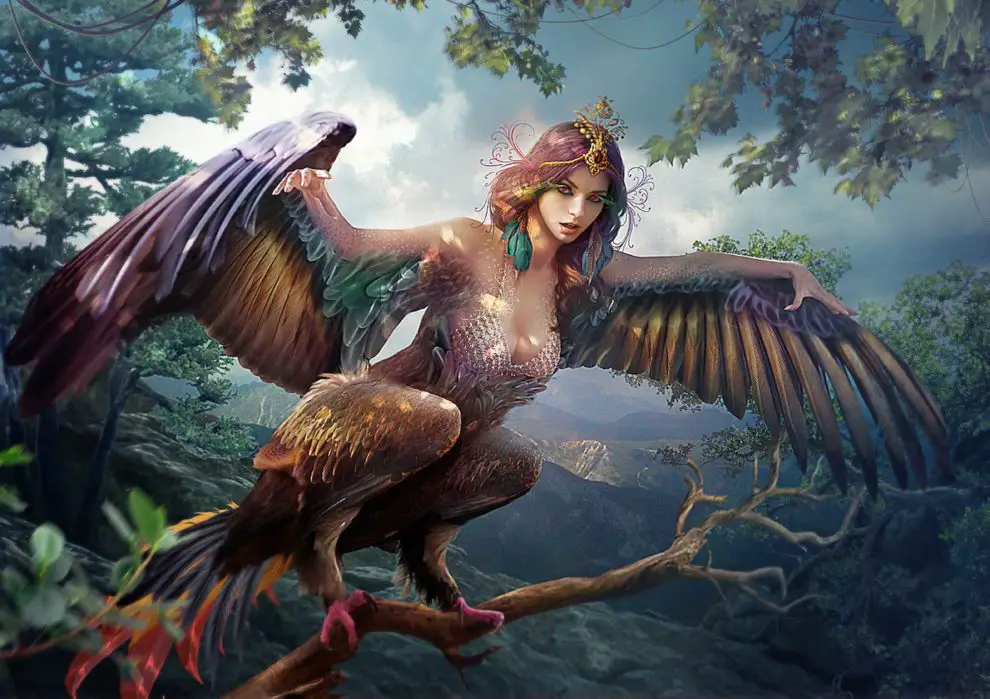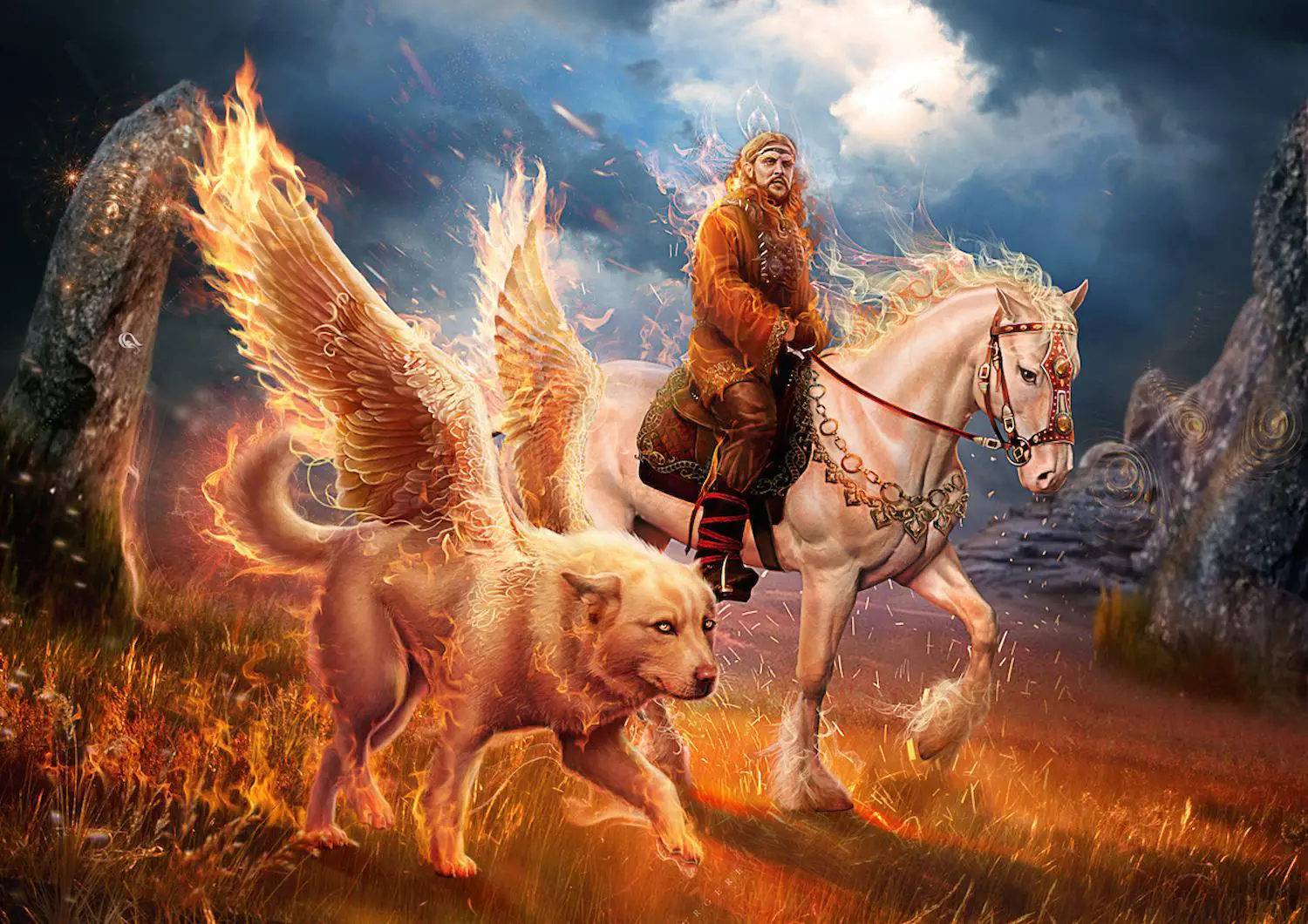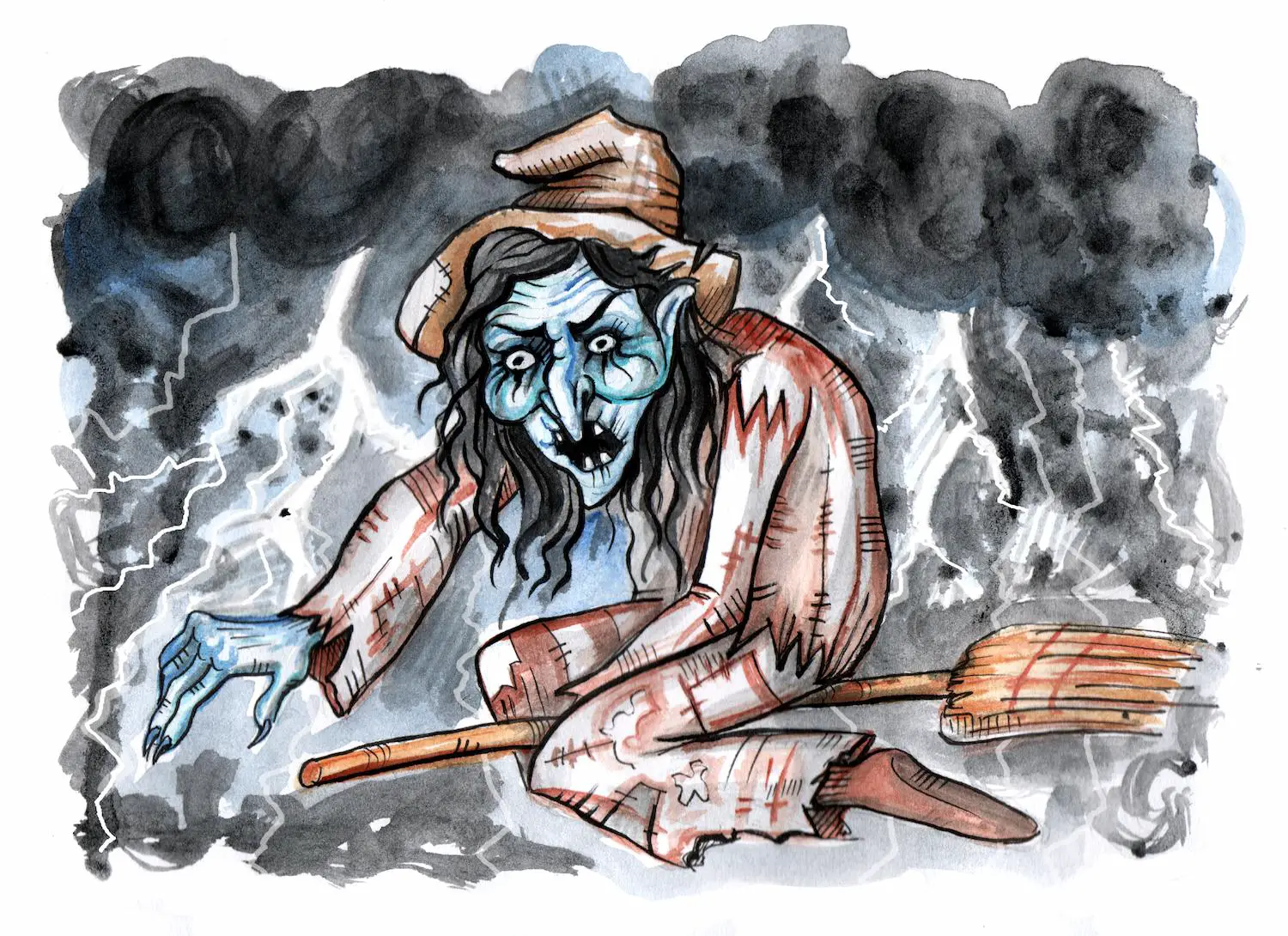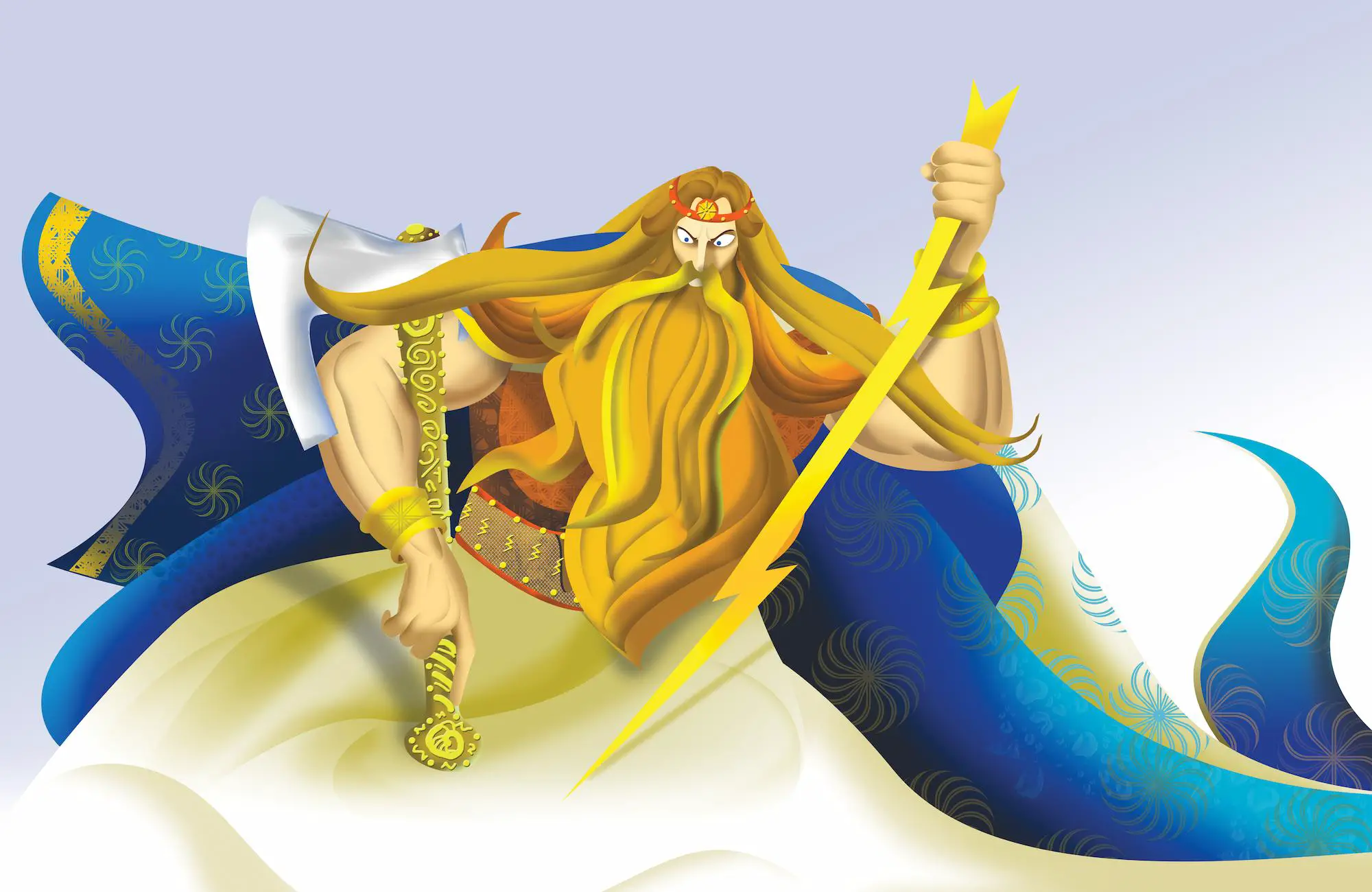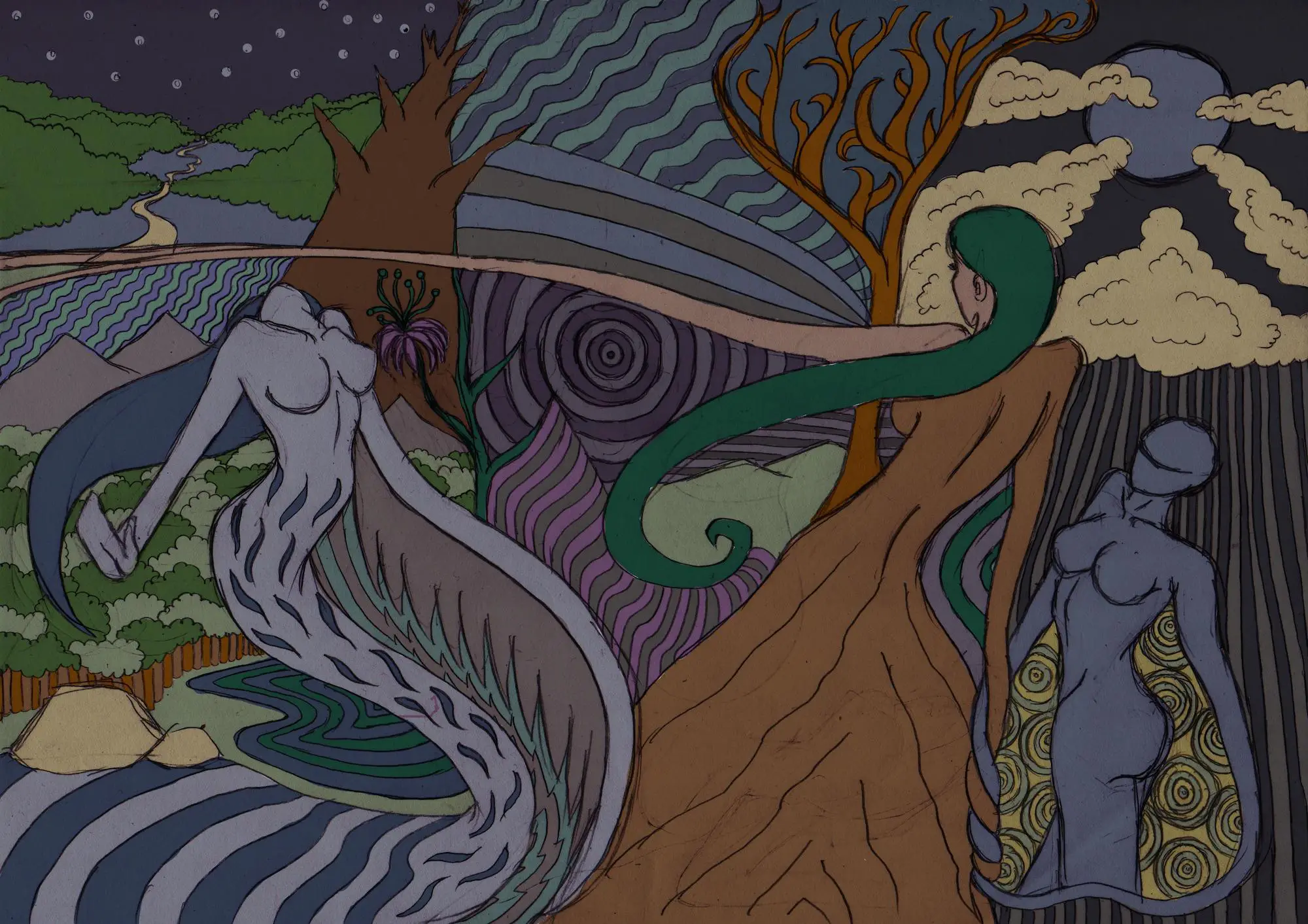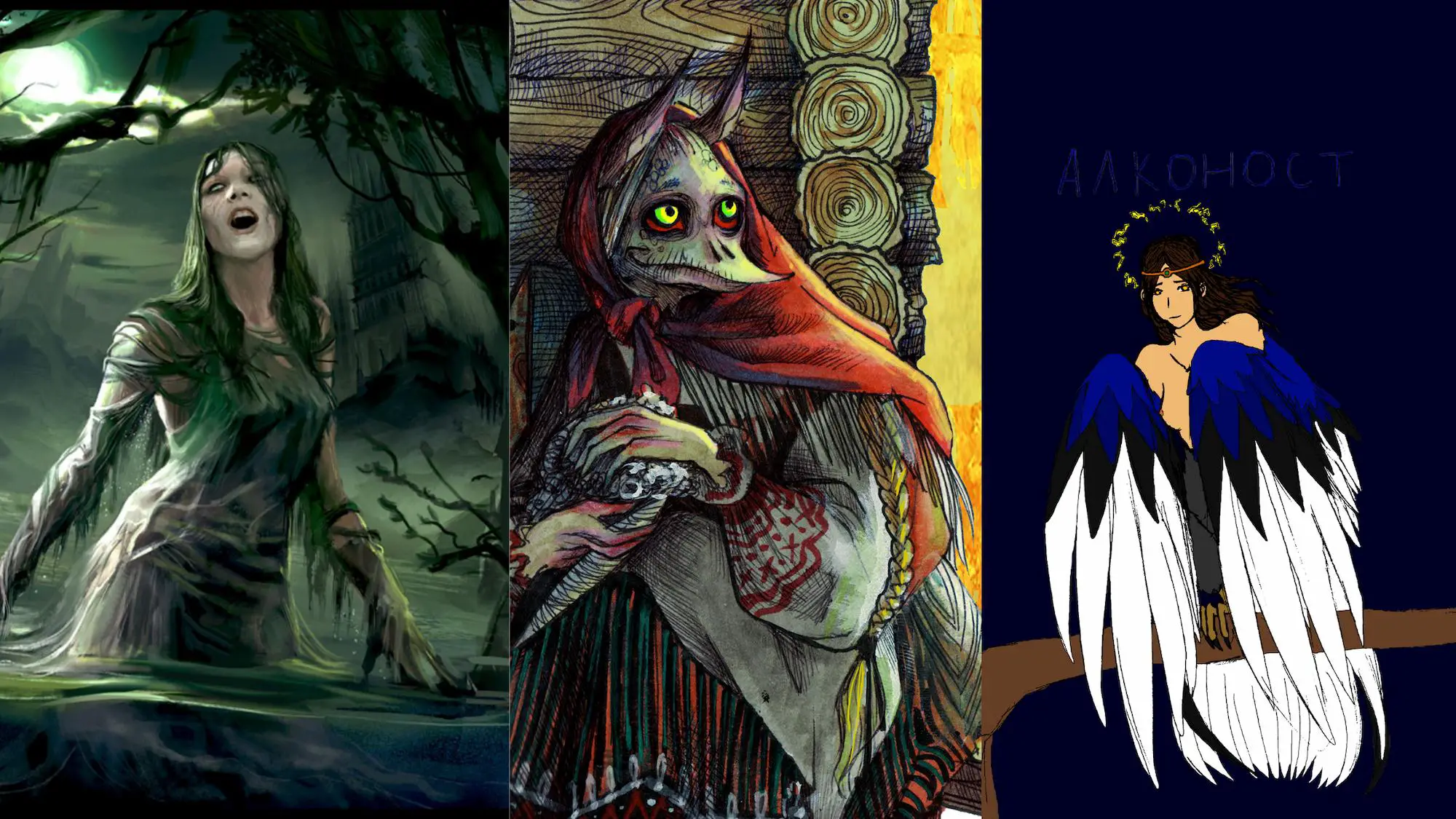Slavic tales and legends are filled with various mythological creatures, some good, some bad, but all picturesque for understanding how Slavic people lived back in the day. Sirin is one of these creatures.
Even though Sirin is considered to be more part of Russian folklore, rather than part of the wider Slavic mythology, it’s one of the more famous mythological creatures.
Table of Contents
Who Was Sirin?
The origin of the Sirin is not known, but some people theorize that it’s based on the Greek mythological creatures – the sirens. The reason for this is the appearance (Sirin looks like them by being half human and half beast. Also, Sirin has similar powers [1].
Other theories state that the Sirin is a Slavic/Russian take on the Japanese demon known as Tengu [2] or the Hindu deity known as Garuda [3].
Sirin was a winged creature, with the head and a chest of a beautiful woman. The rest of his body is similar to a bird (most commonly depicted as an owl). It carried a crown and/or a nimbus, depicting its holiness and goodness.
Items such as insignias, pottery, seals, pendants, and even books dated back to the 8th-9th century were excavated in regions near Kyiv and Sevastopol, and have been found to carry a symbol that resembled the Sirin.
What Did Sirin Do?
At first, Sirin was considered to be a creature dangerous to people, but since the 17th century, Sirin was depicted as a good mythological creature, as it was believed that it lived near paradise.
Below, we can see the differences between the “bad” and the “good” Sirin.
| Bad Sirin | Good Sirin |
| Singing songs that make people forget everything, and eventually die | Symbolizes happiness and harmony |
| Was good for saints, as it sang songs for them, foretelling fortunes | Only happy people can see and hear them |
| A dark creature from the underworld | Lives near paradise |
| The word ‘Sirin’ was used as a saying for heretics who tempted the weak | The word ‘Sirin’ is a metaphor that symbolizes the word of ‘God’ entering a man’s heart |
As we mentioned, the image of the Sirin was revamped in the 17th century and has since been depicted as a symbol of world harmony and eternal happiness. This is why Sirin can be seen as a crest or a coat of arms in various Russian or Eastern European cities.
However, this newer take on the winged creature comes with a small twist – it was impossible to capture and very hard to catch a glimpse of it – just as humans would with happiness in their lives.
As with most creatures in Slavic mythology, the Sirin is not one of its kind, it has a counterpart – the Alkonost. In fact, the Sirin and the Alkonost were once considered to be a juxtaposition – two sides of a coin, with one being bad and the other good.
Final Word
Sirin was once bad and was a common thing around Slavs of the past, but now we regard him as good but unreachable.
Sirin underwent a transformation in meaning and symbolism, but one thing is certain – there are many stories, myths, and legends, showcasing its importance to Slavic culture and history!
References
- https://www.cognella.com/pdf/garza_sneak_preview.pdf
- https://books.google.mk/books
- https://www.himalayanart.org/search/set.cfm?setID=225







